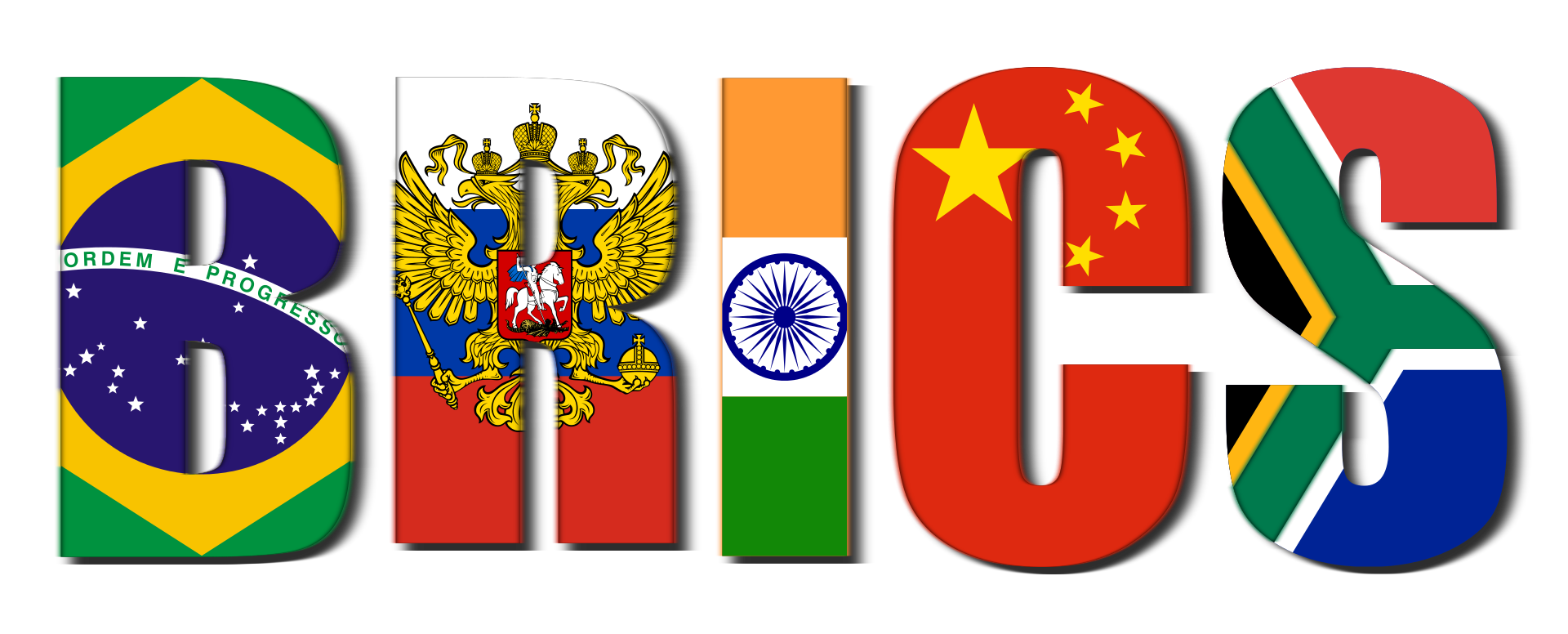Since his return to the White House, Donald Trump has chosen to confront the BRICS head-on with an aggressive trade policy, marked by unprecedented tariff increases. The numbers speak for themselves and reflect a decidedly punitive strategy:
◽China was threatened with a 145% tariff if no compromise was reached with Washington;
◽India faces a 50% tariff, half of which is specifically tied to the purchase of discounted Russian oil;
◽Brazil is also subject to a 50% customs tax on certain exports;
◽South Africa faces a 30% levy, despite its limited direct trade exposure with the United States;
◽Egypt, a new member of the BRICS bloc, could see its taxes increase simply due to its participation in the group.
Ajay Srivastava, former senior Indian trade official, emphasizes that these sanctions only feed a common front: 'they provide a common incentive to reduce their dependence on the United States, even though their agendas differ.'
In the face of this external pressure, the countries of the BRICS alliance are reacting in a convergent manner. The central banks of the group have strengthened their gold purchases, and bilateral trade agreements in national currencies (yuan, rupee, ruble) are multiplying. This dynamic, previously sporadic, is now taking the form of a declared strategy to reduce dependence on the US dollar.
As trade tensions with the United States escalate, the leaders of the major BRICS members are preparing to show their unity at the Shanghai Cooperation Organization (SCO) summit, which will be held in Tianjin, China.
For the first time in six years, a trilateral summit between China, India, and Russia is being considered. The Kremlin is pushing this approach, hoping to 'strengthen the core of the BRICS alliance' and ease historical tensions between New Delhi and Beijing. This is a declared attempt to consolidate the group's core in the face of Western pressure.
Beyond the tensions, a pragmatic logic seems to be emerging. The BRICS are no longer a simple ideological platform. The bloc is becoming a space for variable geometry cooperation, focused on trade, finance, and supply chains. This is evidenced by the regulatory projects in local currencies, the 'Buy BRICS' campaigns, and the ambitions for reform of global governance (especially through the WTO). Although the BRICS single currency project is on hold, alternatives to the dollar are taking shape.
